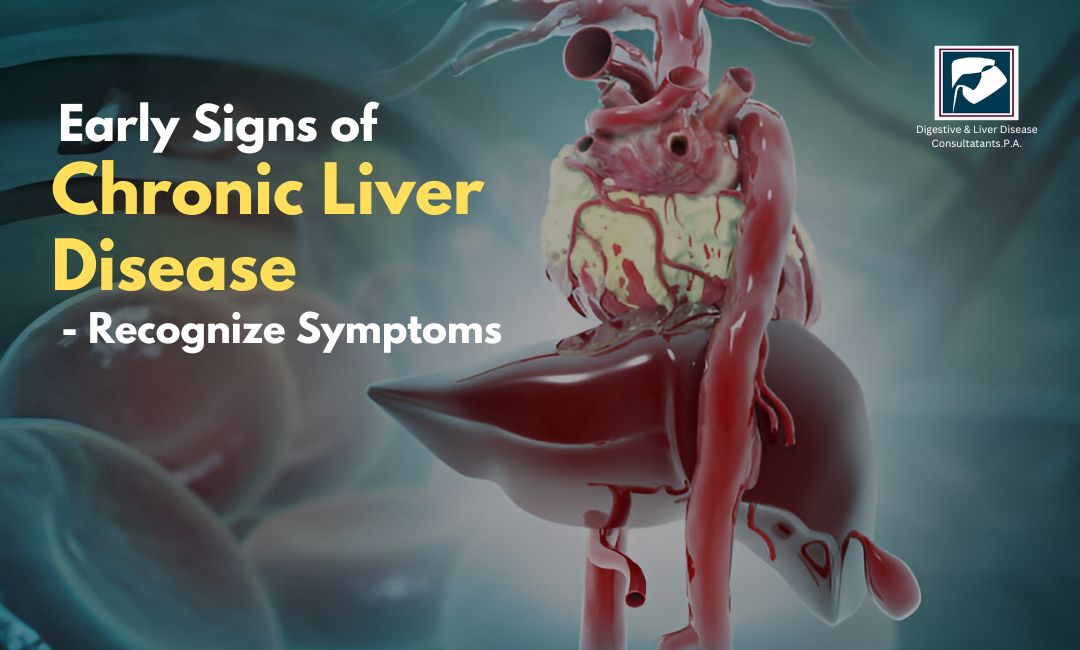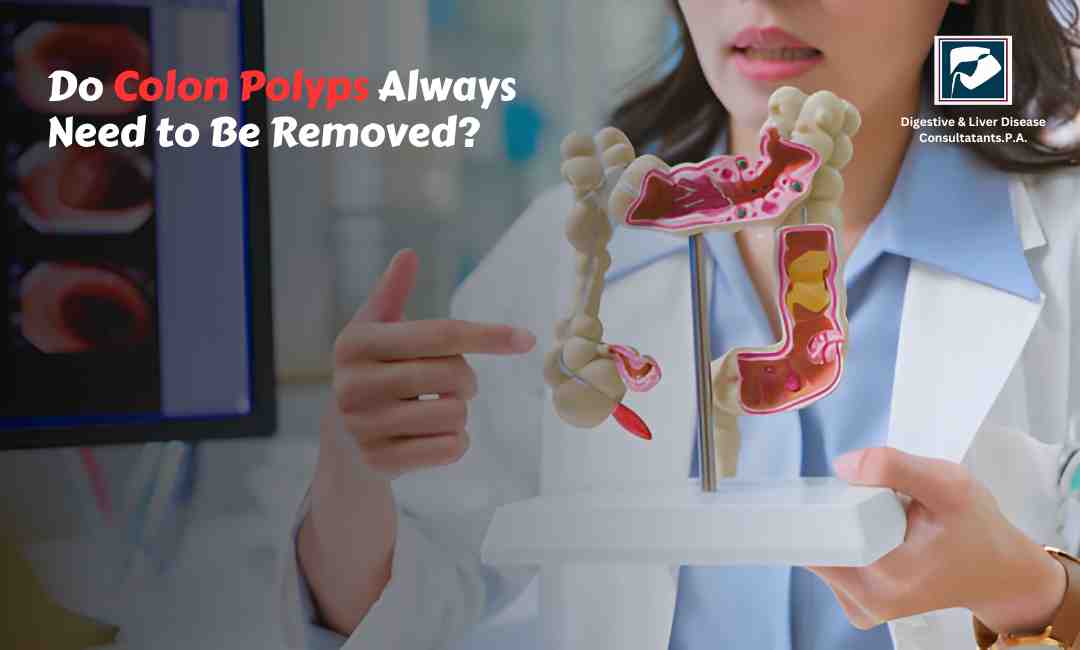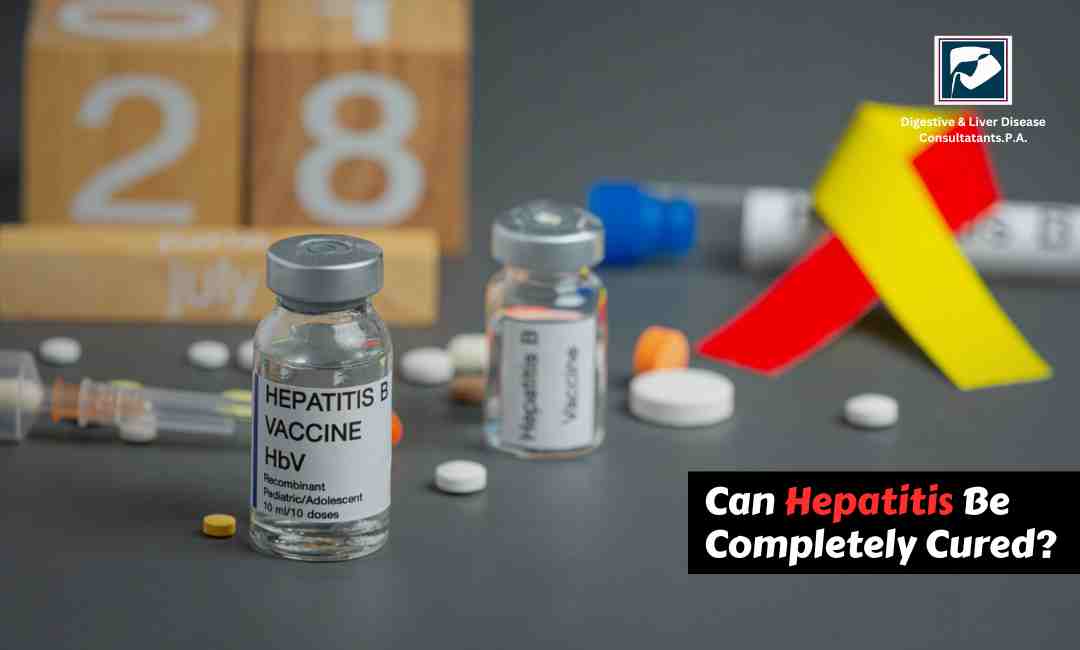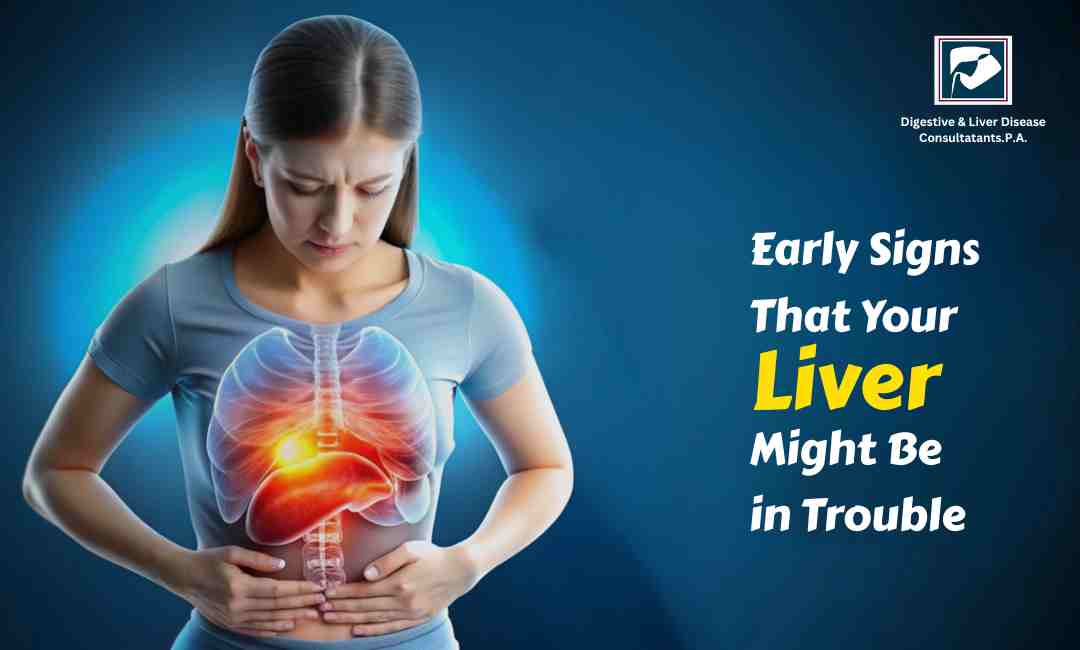Liver disease is a growing health concern that affects millions of people worldwide. The liver, one of the most vital organs in your body, plays a significant role in processing nutrients, filtering toxins, and supporting overall metabolic functions. Unfortunately, liver disease often progresses silently, with few noticeable symptoms in the early stages.
If left untreated, chronic liver disease can lead to severe complications, such as cirrhosis or liver failure. Early detection is key to managing the condition and preventing further damage. In this blog, we will discuss the common early signs of chronic liver disease and the importance of seeking medical attention if you notice these symptoms.
Understanding Chronic Liver Disease
Chronic liver disease refers to a long-term condition that leads to progressive damage to the liver. It can result from several factors, including viral infections (such as hepatitis), excessive alcohol consumption, obesity, certain medications, and autoimmune diseases. Over time, liver damage can cause scarring (cirrhosis), which may hinder the liver’s ability to function properly.
Early Signs of Chronic Liver Disease
Liver disease may not present obvious symptoms at first, but as the condition progresses, you may notice certain changes in your body. If you experience any of these early signs, it is important to consult a healthcare professional for a proper diagnosis and timely treatment.
Fatigue One of the most common early symptoms of liver disease is persistent tiredness or fatigue. If your liver is not functioning well, your body may not be able to process energy from food properly. This can leave you feeling more exhausted than usual, even after a full night’s rest.
Unexplained Weight Loss Unintentional weight loss is another red flag for liver issues. As the liver becomes damaged, it may struggle to break down nutrients, leading to a loss of appetite and weight. If you notice significant weight loss without changing your diet or exercise habits, it is worth seeking medical advice.
Abdominal Discomfort If you experience pain or discomfort in the upper right side of your abdomen, it may be a sign that your liver is struggling. This discomfort could feel like bloating, a feeling of fullness, or a dull ache. Swelling in the abdomen, known as ascites, is also a common symptom of chronic liver disease, especially in later stages.
Jaundice (Yellowing of the Skin and Eyes) Jaundice occurs when the liver is unable to process bilirubin, a yellow pigment produced when red blood cells break down. This results in a yellowish tint to the skin and the whites of the eyes. If you notice any signs of jaundice, it could indicate that the liver is no longer functioning optimally and should be checked by a doctor.
Dark Urine Dark or tea-colored urine can also be an early sign of liver disease. This occurs when the liver is unable to properly process waste products, causing bilirubin to be excreted through the urine. If you notice a significant change in the color of your urine, it is important to seek medical attention.
Nausea and Vomiting Chronic liver disease can lead to digestive issues, such as nausea and vomiting. This can be caused by an accumulation of toxins in the bloodstream due to poor liver function. These symptoms can be mistaken for other conditions, so it's important to get a diagnosis from a healthcare professional.
Itchy Skin As the liver becomes damaged, it may not be able to filter toxins effectively. This can lead to a buildup of bile salts in the skin, causing itching. If you experience persistent itching without a rash, it may be linked to liver problems.
Swollen Legs and Ankles Fluid retention, or edema, is another common symptom of chronic liver disease. This happens when the liver cannot produce enough albumin, a protein that helps maintain fluid balance in the body. As a result, fluid can build up in the lower limbs, causing swelling in the legs and ankles.
Easy Bruising and Bleeding The liver produces proteins necessary for blood clotting. When the liver is damaged, it can’t produce these proteins as efficiently, leading to easy bruising or spontaneous bleeding, even with minor injuries. If you find yourself bruising more easily than usual, it may be time to consult a doctor.
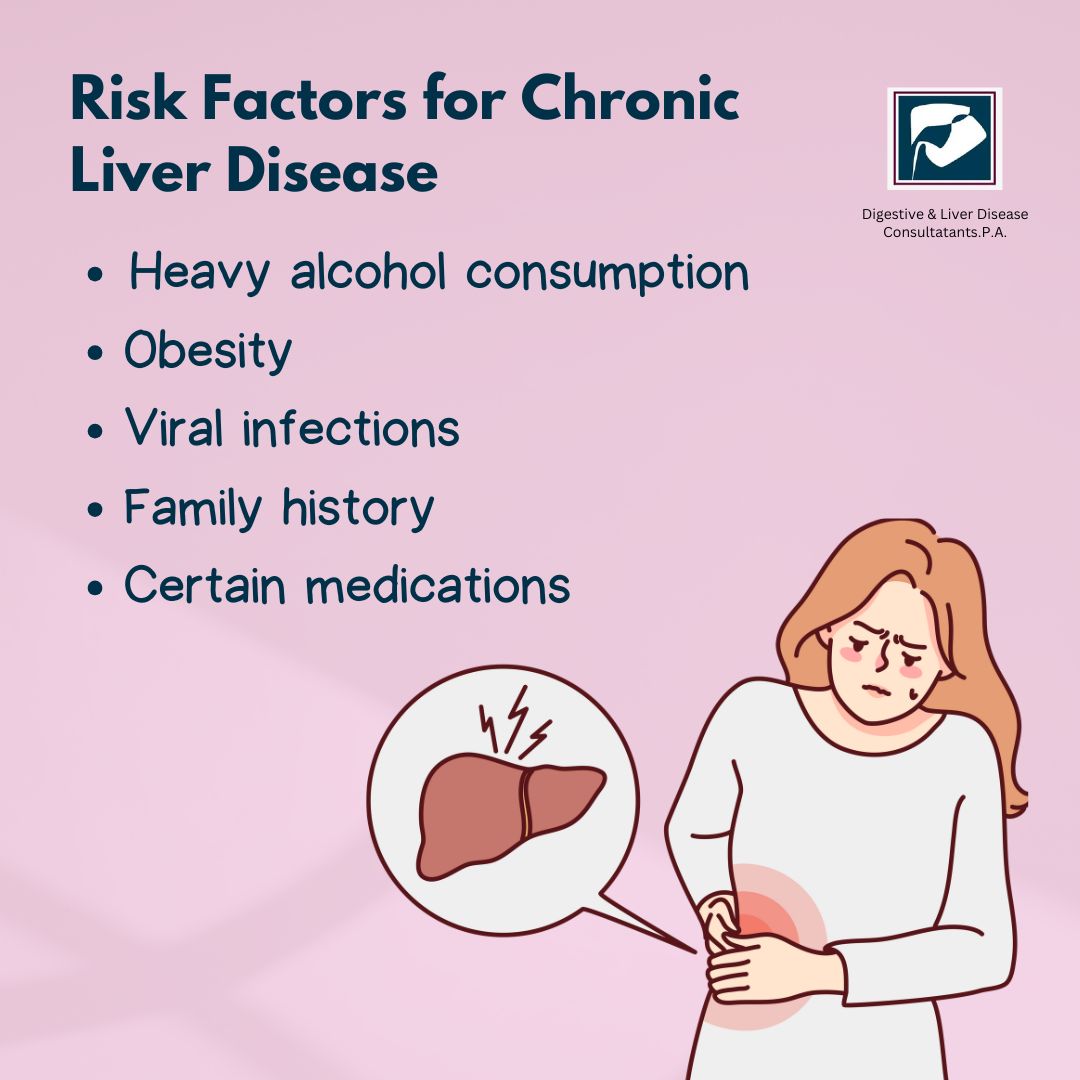
Risk Factors for Chronic Liver Disease
Several factors increase the risk of developing chronic liver disease, including:
Heavy alcohol consumption: Excessive drinking can damage liver cells and lead to alcoholic liver disease.
Obesity: Being overweight or obese can lead to fatty liver disease, which can progress to chronic liver conditions.
Viral infections: Hepatitis B and C are common causes of liver disease.
Family history: Genetics can play a role in liver disease, especially if there is a history of liver conditions in your family.
Certain medications: Long-term use of certain medications can damage the liver.
If you have any of these risk factors, it’s important to be more vigilant and monitor any potential symptoms.
When to Seek Medical Help
If you notice any of the early signs of chronic liver disease mentioned above, it’s essential to seek medical attention as soon as possible. Early diagnosis and treatment can prevent the disease from progressing to more severe stages.
Your doctor may recommend blood tests, imaging scans, or a liver biopsy to assess the health of your liver. Based on the results, they will discuss the best treatment options with you, which may include lifestyle changes, medications, or in some cases, liver transplantation.
Conclusion
Chronic liver disease is often referred to as a “silent” disease because it doesn’t always show obvious symptoms in the early stages. Recognizing the early signs of liver problems is essential to getting the treatment you need before the condition becomes more severe.
If you suffer from any of these symptoms or are concerned about your liver health, don’t wait. Contact Digestive & Liver Disease Consultants, P.A.

